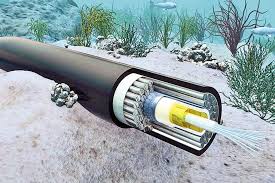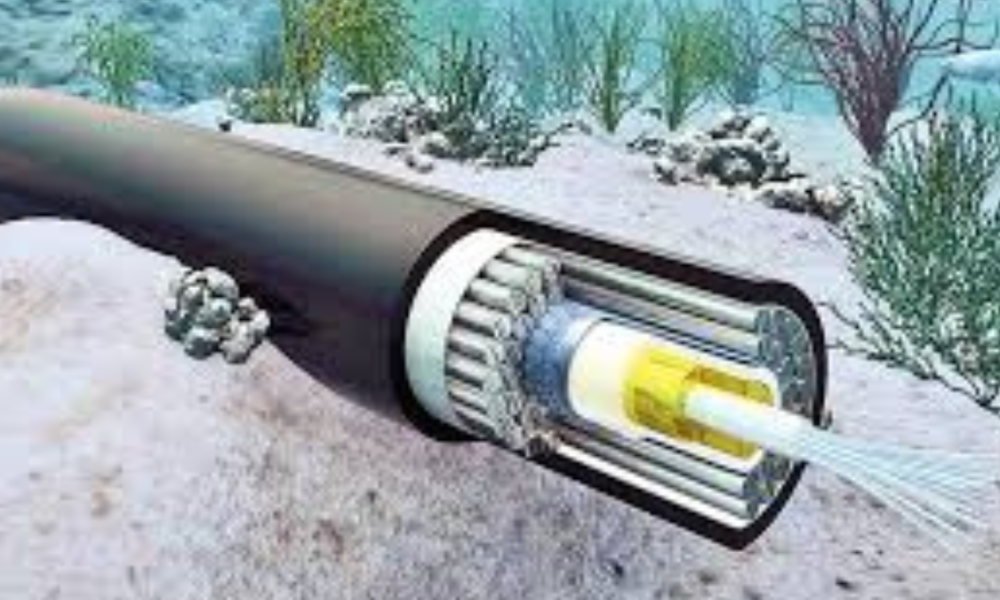
Internet disruption across Africa
The internet disruption across Africa was caused cable by damage
On March 14, numerous African nations encountered internet disruption was caused by damage to undersea fiber optic cables along the West African coast.
The repercussions were significant, leading to extensive disruptions in financial services. Ghana, Liberia, Benin, and Côte d’Ivoire were among the hardest hit, with internet connectivity rates plummeting to 25%, 17%, 14%, and 4% respectively.
Service providers such as the West African Cable System and African Coast to Europe reported faults, while SAT3 and MainOne, experienced periods of downtime.
More than 1.4 million kilometers of these cables are distributed across the world’s oceans, primarily provided by France, the US, and Japan.
According to Submarine Networks data, Egypt leads with the highest number of submarine cables landing on the continent, with 15. South Africa and Djibouti closely follow with 11, while Nigeria, Cameroon, and Kenya have 6 each.
While the magnitude of the incident was unparalleled in Africa, cable disruptions are quite frequent, with approximately 100 incidents occurring annually on average.
To mitigate the risk of a single point of failure, most service providers distribute their network capacity across multiple cables for backup purposes, which explains why such incidents are not commonly reported.
Human Activity
Human activities are typically the primary cause of cable faults. However, MainOne dismissed human activity as the reason behind the internet outage in Africa and instead proposed that it was triggered by “some form of seismic activity on the seabed.”
Estimates regarding the timeline for full service restoration vary. Ghana’s National Communications Authority (NCA) indicated that complete repairs might take up to five weeks.
During the outage, some internet users in Nigeria noted that certain Google services, such as YouTube, remained accessible. Mobile network Globacom also confirmed that it was unaffected by the disruption.
Meanwhile, the Nigerian Communications Commission (NCC) revealed that internet services have now reached 90% capacity.
In South Africa, the simultaneous offline status of four undersea cables, compounded by load-shedding challenges, has heightened interest in Starlink as an alternative among South African customers.
Starlink’s appeal lies in its avoidance of terrestrial or undersea backhaul infrastructure.
Although the exact extent of productivity and financial losses stemming from the outage remains incalculable,
It underscores the critical need for bolstering a more resilient internet infrastructure across the African continent.
- Why you Should Consider Digital Marketing in 2024 - April 30, 2024
- What is the Different between Copywriting and Content writing - April 30, 2024
- Fuel Scarcity hits Harder in Abuja - April 29, 2024



No Comment! Be the first one.